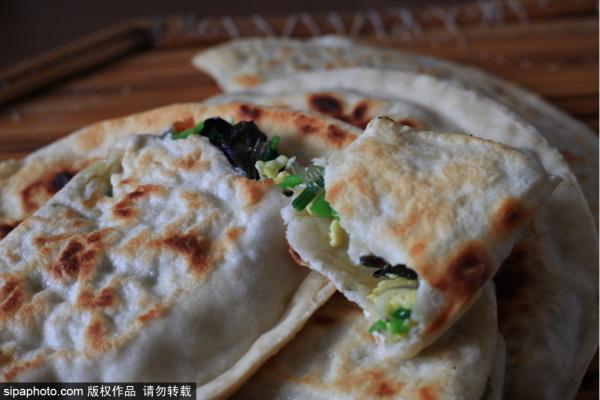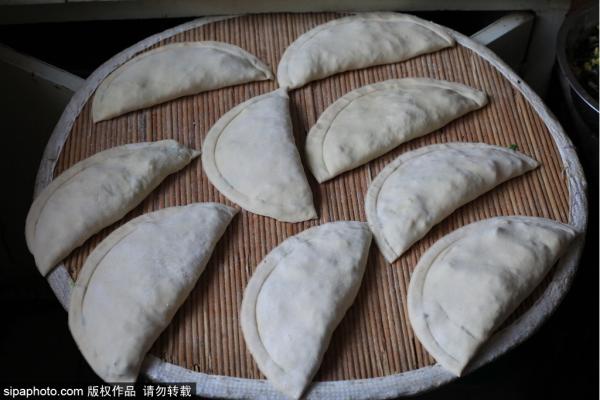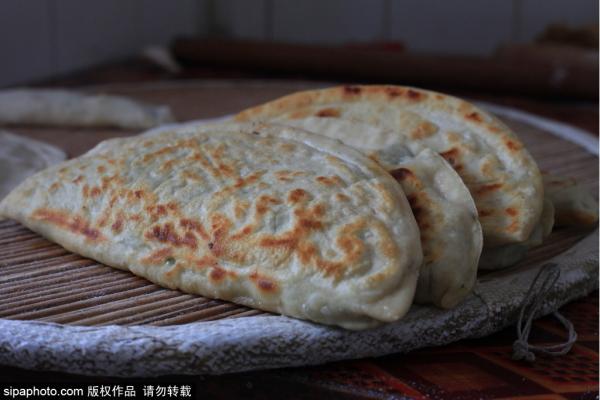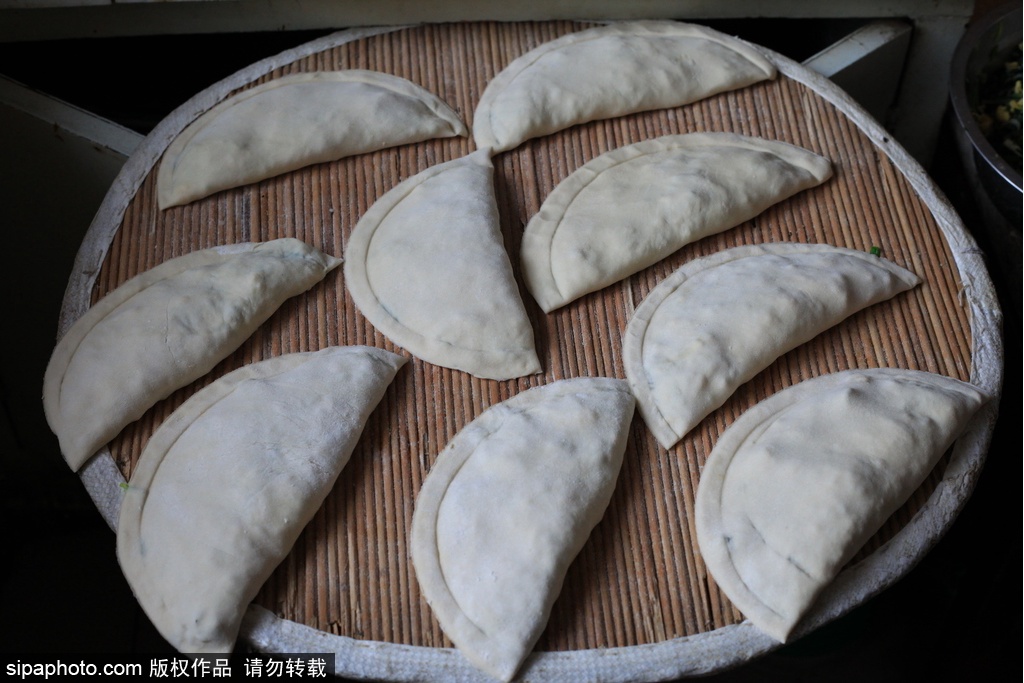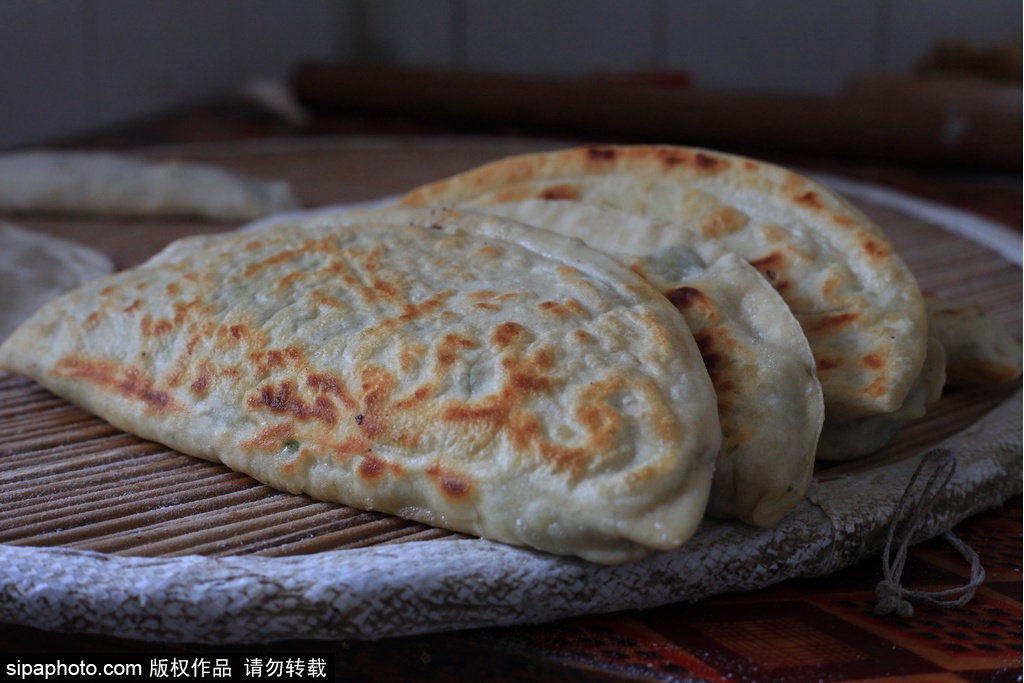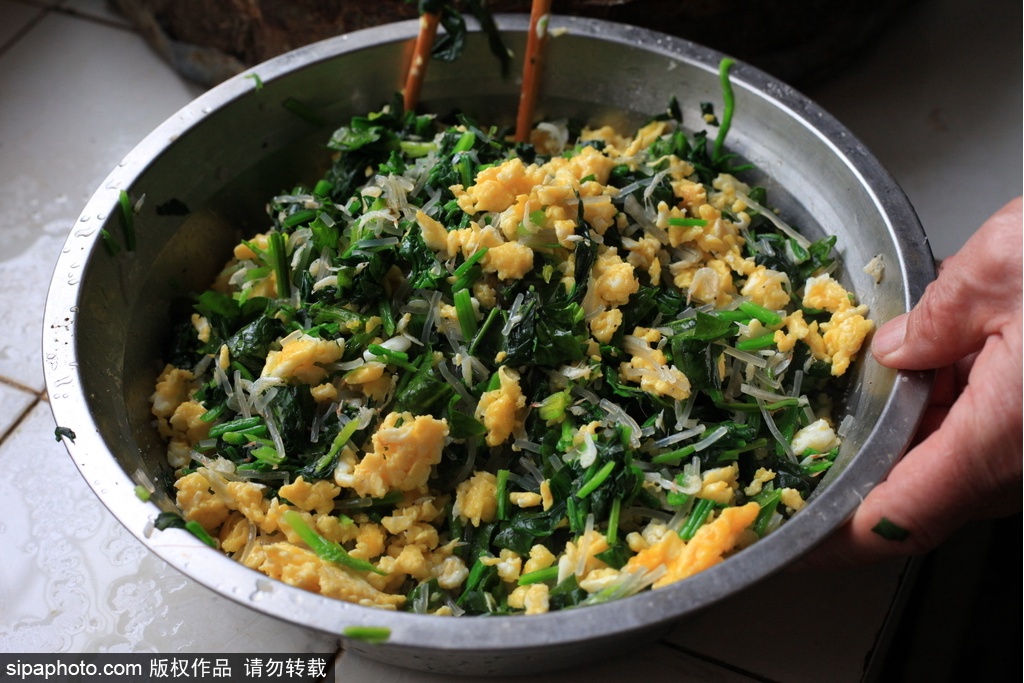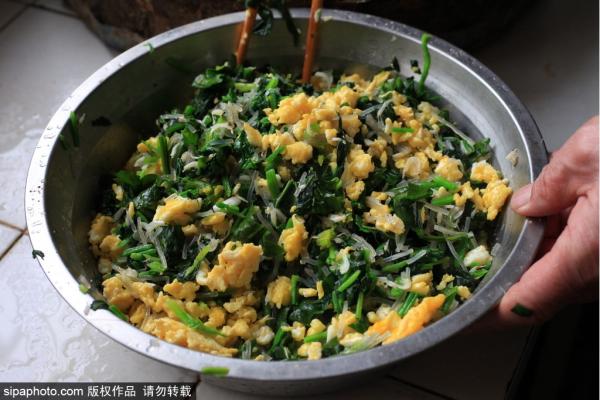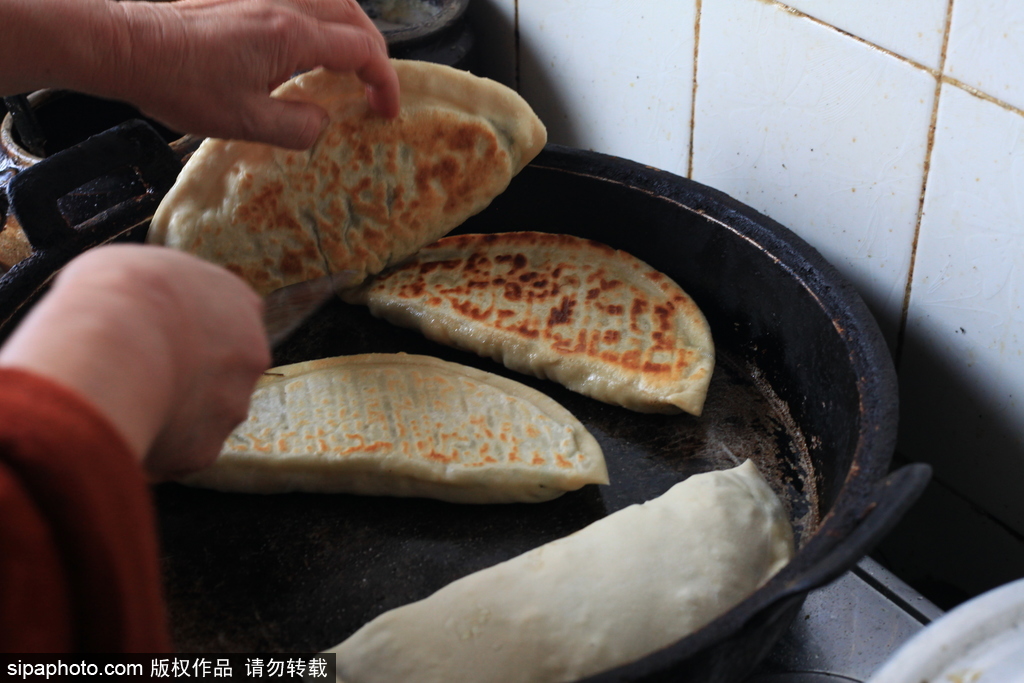Fried Chinese Leek Dumplings ( THE GADA CUISINE )

-
Type:
Snacks -
Tel:
010-84030200 -
Per Capita Consumption:
18 RMB 18 RMB -
Business hours:
11:00AM - 04:00AM
Description
Fried Chinese Leek Dumplings
As a typical food of spring, leeks sprout during the second month of the lunar calendar, after being fully nourished throughout the whole winter's ice and snow.
According to traditional Chinese medicine, in the spring the body may encounter frequent occurrences of disease due to toxins stored throughout winter. The leek, which heightens the life force, detoxifies, nourishes the spleen and stomach, and reinforces the liver; therefore, when it comes to spring, leek becomes a food of high popu...
Fried Chinese Leek Dumplings
As a typical food of spring, leeks sprout during the second month of the lunar calendar, after being fully nourished throughout the whole winter's ice and snow.
According to traditional Chinese medicine, in the spring the body may encounter frequent occurrences of disease due to toxins stored throughout winter. The leek, which heightens the life force, detoxifies, nourishes the spleen and stomach, and reinforces the liver; therefore, when it comes to spring, leek becomes a food of high popularity in Chinese people's tables.
Encased in crisp, golden pastry, toothsome leek dumplings are traditional Chinese folk fare.
Leek is called Jiucai(韭菜)in Chinese. Since Jiu is homophonic to the Chinese character for longevity, people endorse leek with good wishes and blessings. Besides, leek is also well-known by its ability of rapid growth. The shape of a fried leek dumpling resembles a gold ingot, hence their other name which means “long prosperity dumpling.”
According to folk tales, fried leek dumplings were first showed up in the Eastern Han Dynasty. Liu Xiu, first Emperor of the Eastern Han Dynasty (25-220), suffered a defeat in a battle and had to flee to a small village. Weary and starving, Liu knocked on the door to the first dwelling he came upon and begged for food. The householder showed deep sympathy for Liu and immediately set about preparing a meal. At that time, all impoverished families could provide nothing but some herbs cooked with flour which would satisfy their empty stomach in the cheapest and quickest way. Unexpectedly the fried pastry was so delicious that Liu Xiu named it jiucai, meaning “a life-saving vegetable,” which gradually evolved into the present character for leek (in Chinese the words saving a life and leek are homophones).
To cook:
1. Add 120g warm water to 300g flour and mix. Cover the dough and let it rise for about two to four hours.
2. Mince 500g belly pork and add 10g salt, 2 tbsp cooking wine, 2 tbsp peanut oil and 5 tsp sesame oil.
3. Beat four eggs and stir fry until almost done. Chop.
4. Wash and dice 150g leek.
5. Mix the mince, 10g dried shrimps, pieces of egg, and diced leek in a basin. Add 2 tbsp peanut oil, 2 tbsp oyster sauce and 5g salt and stir.
6. Roll out the dough into long strips and cut into 30g sections. Flatten each one with your palm. 7. Roll out each section of dough, making them thin on the perimeter and thick in the middle.
8. Wrap the fillings and shape the dumpling.
9. Warm a pan and add peanut oil. When hot, add the leek dumplings and deep-fry until the pastry turns crisp and golden. Serve.
Explore
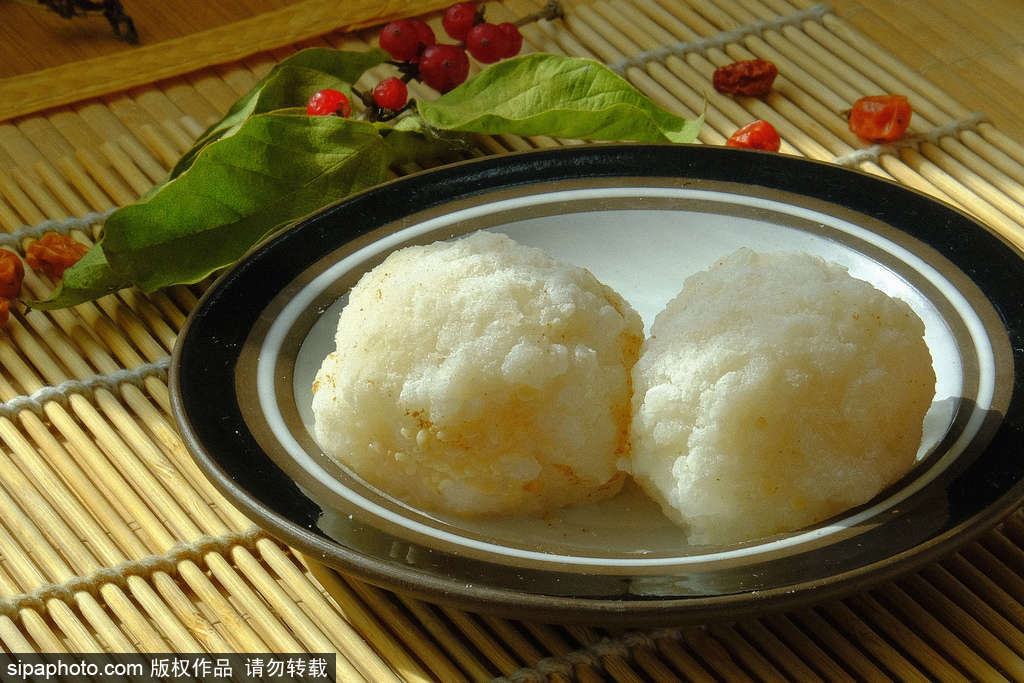
Steamed Rice Cakes with Sweet Stuffing (Ai Wo Wo)
Ai Wo Wo is a traditional Beijing snack with a very long history and receives a great popularity among the public.
Pea Flour Cake
As a traditional old Beijing snack, pea flour cake was at first created by Muslims, and later was introduced to the Court in the Qing Dynasty.
Dumplings
When it comes to the representative food of winter, dumplings must list on the top rank. Chinese people prefer to eat dumplings in certain festivals or important occasions, especially during winter.
